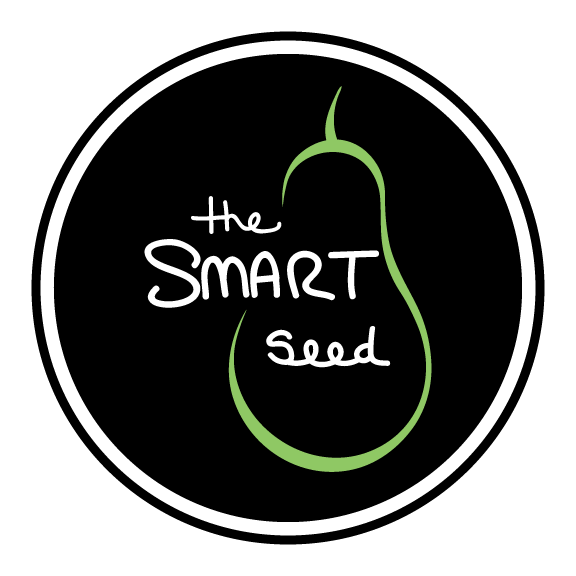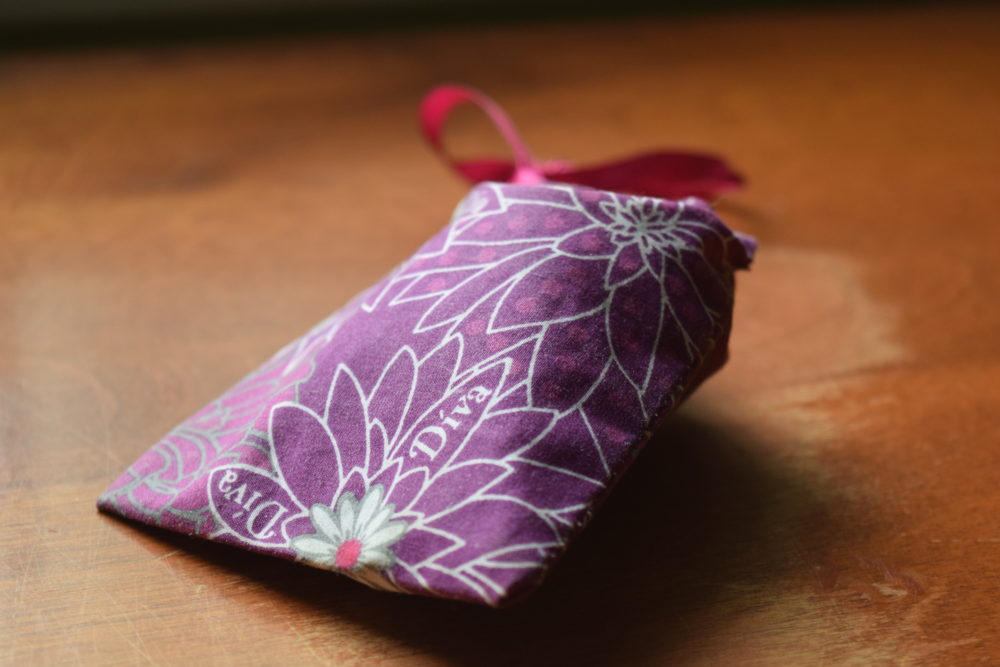Podcast: Play in new window | Download (Duration: 6:38 — 7.0MB) | Embed
Subscribe: Apple Podcasts | Android | Email | Stitcher | RSS | More
About a year ago I came across a Canadian charitable organization called–Femme International. An NGO working in Kenya and Tanzania committed to advancing the rights of women and girls through targeted programs that focus on menstruation, sexual health, and feminine hygiene. Through education and the creation of a “Femme Kit” young women and girls are given the means to manage their periods safely and hygienically, central to the success of their “Femme Kit” is the menstrual cup.
For many women and girls who live in the lowest economic bracket “having your period” is more than a nuisance. It can create economic strain, and in the most serious of situations prevent an individual from consistently participating in the regular routines of societal life. In Kenya, the average cost of a package of sanitary pads is $1 CAN. Pretty reasonable, right? Well, when you consider the average daily income of an unskilled labourer in Kenya is $1.50 CAN, this means that women must often choose between properly managing their periods or food and shelter. Often, women resort to other means: leaves, newspapers, rags, etc. which either do not work or lead to infections and discomfort. Due to the fact that some young women are unable to access appropriate menstrual products, girls in Kenya miss an average of 4.9 days of school a month–a direct result of their period.
The menstrual cup or known by it’s various brand names:The Diva Cup, The MeLuna Cup, or the MoonCup is a medical grade silicone cup that is inserted into the vagina to collect menstrual fluid. They are anti-microbial, do not contain any harmful bleeches or chemicals, unlike the majority of pads and tampons, and there is no threat to Toxic Shock Syndrome. Depending on your flow you may keep the silicone cup inserted for up to 12 hours, and, lastly, if maintained properly one silicone cup’s life cycle could last up to ten years. This means that a young women in Kenya can attend an eight hour school day or go to work without worrying about having to find clean toilets.
It means that all women, can save a tremendous amount of money over the long term by switching from disposable products to non-disposable products. It means that every woman can have a positive impact on the environment by completely erasing the garbage created by disposable pads and tampons. However, although the positive impact may be obvious for those in developing countries, who must deal with alternatives that are too expensive and a public infrastructure that is inadequate for their needs, to the average Westerner the change to something better is slow to come. In the United States, an estimated 12 billion pads and 7 billion tampons are thrown out annually. On average, women throw out 300 pounds of feminine hygiene related products in their lifetime. So, why the hesitation? If the option is out there, why aren’t we choosing it?
I am going to be abrupt about this–My periods suck! I won’t be coy. For two days out of the five every month I kick back tylenol on the regular to relieve a pain that is intense and unforgiving. The pressure, the bloating, my vagina feels like it is on fire. The pain makes it impossible for me to hide my cycle, so I don’t. I have never missed work, but every time I stroll in and a co-worker asks, “How are you doing?” I tell them. “I am ill. So, if I grimace in pain or lean against a table know why and if you can have some sympathy than that is appreciated.” I suppose because the pain can be great that it has forced me to re-negotiate my relationship with my body. If you can barely feel it and it’s simply an annoyance then perhaps one can just shoo shoo it away. Shoo shoo the negativity, the grossness, and the shame.
That’s how I was taught–to give it no mind. When I think about my menstrual cycle or menstrual cycles in general what comes to the foreground are little anecdotes that span my decades. The majority of these anecdotes are saddled with a deep sense of embarrassment, so deep that at the age of thirty-one the act of remembering forces my body to shudder. This shame was nurtured not by my father, husband, or brothers, but by some of the women in my life, my friends. It has made me wonder, as women, about our collective relationship to our bodies and its processes.
One of these anecdotes occurred in 2007. I was living in Edinburgh, Scotland and sharing one room and one bathroom with two other girls–one I had known for a few weeks and the other for ten years. If I can remember correctly the issue at hand for my two roommates was that in Edinburgh they could not find tampons with plastic applicators, only paper. I piped up, always in my somewhat offensive, unfeeling, analytical way, that I did not understand their issue, “I’ve used tampons without an applicator for years.” Their response. “That is disgusting.” Now, the only explanation I could surmise from their remark is that a tampon sans an applicator means that your fingers are up close and personal with one’s body, an applicator provides some distance.
One will not find distance with a menstrual cup or cloth pantyliners and pads, that is for sure, and perhaps this is where the crux of the problem lies. Our shame which has been nourished by moments of being scorned, ridiculed, and embarrassed has made using products that can be easily hidden and easily thrown away a more personal, comfortable choice. I love the fact that my menstrual cycle no longer creates waste. I love that my menstrual cup can show me how much I actually bleed. I love that, other than the pain, some days and nights, because of my menstrual cup I sometimes forget I am even on my period. I love that my cloth panty-liners feel like a pillow for my vagina. Yet, to get to the point where I could enjoy these benefits I had to overcome the alienation I felt with my own body. Periods shouldn’t be gross. They can be painful, annoying, ill-timed, and on the other hand cleansing and a good excuse to enjoy a binge day of great TV. If we could all gain the courage to address our feelings surrounding our periods, I have a sneaking suspicion that, just maybe, ourselves and our environment will be better off.
The best Information that I can find on the menstrual cup is The Diva Cup website.
Little Tidbits from my experience:
(1) Do not give up on it too quickly. The first time I used a menstrual cup, the experience was horrible. It wouldn’t work at all! It took a few times to be able to be comfortable enough to insert it properly. With a little patience you will be able to master it pretty quickly.
(2) I have leaked! And, this is because I am a heavy bleeder. I can fill up a menstrual cup in a few hours. However, from what I learnt I am a rarity, and this is why I use cloth panty-liners. For most women, this shouldn’t be an issue.

